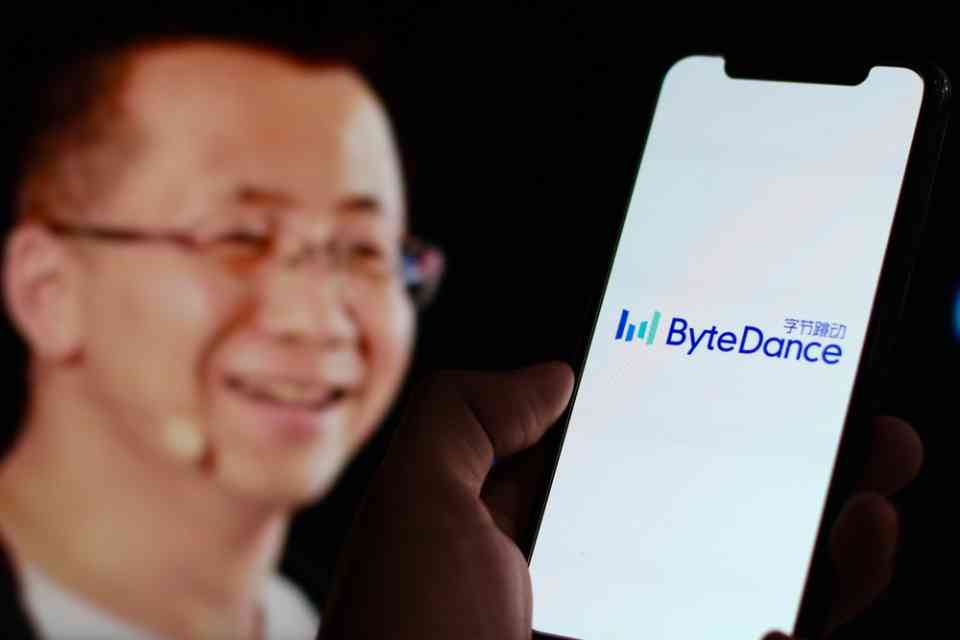Conversational marketing effectively gets your company’s name and product or service idea out there. It involves a lot of different methods, including one-to-one, small group, social media, personalized marketing, and some old-school techniques like word of mouth.
This article walks you through the types of conversational marketing to decide which one might be for you.
Types Of Conversational Marketing?
Businesses can have several different types of conversations with their customers, and each type has its own advantages and disadvantages.
One-to-one conversations are the most personal and intimate type of conversation. They take place between a customer and a company representative. They can be used to resolve an issue or get advice.
Small group conversations involve a small number of people. They can be used to develop new products or services, find solutions to problems, or learn more about a product or service.
Social media engages your target audience. It is also the most interactive type of conversation because it allows customers to talk about the products and services they use.
Social Media Chatbots– These automated programs interact with customers on social media platforms like Facebook Messenger, Instagram, and Twitter. They can help customers with product questions, make restaurant reservations, or buy products online.
Personalized conversational marketing is when a company tailors its communications to the individual user. Interactive conversational marketing is when users respond directly to messages from companies, and automated conversational marketing is when companies send automated messages based on data collected from previous conversations.
Invitation-based conversations work similarly to informational conversations, but they’re used to invite customers into a relationship with your company. You might create an offer that’s too good to be true or send out invitations to events or competitions.
Request-based conversations are used to ask customers for their input or feedback. You might do this by asking customers to vote on a new design or by asking them for their opinions on a new product.
Digital Personal Assistants – DPA’s are digital helpers that help you manage your daily tasks. They can answer questions about products, services, or deals, recommend similar products or services, and even schedule appointments.
Virtual Personal Assistants – These are digital companions that can be used for entertainment and utility purposes. Virtual personal assistants interact by providing entertainment, news feeds, weather forecasts, shopping advice, reminders, and more.
Alexa – This virtual personal assistant uses artificial intelligence to answer questions and perform tasks. You can talk to her as if she’s a real person with an actual conversation going on.
Chatbots – These are also known as chatterbots or chat agents because they communicate with users through text or speech on social media platforms like Twitter or Facebook Messenger.
Each type of conversation has its advantages and disadvantages. For example, informative conversations are great for providing information about products and services, but they can be challenging to engage with customers.
Invitation-based conversations can help you build customer relationships, but they can be challenging to execute correctly. Request-based conversations are the most accessible to engage with customers, but they aren’t beneficial for gaining insights.
The benefits of personalized and interactive conversational marketing are that they improve the user experience and create a more engaged customer base. The downside is that these methods can be more time-consuming for companies and may not be appropriate for all products or brands.
Automated conversational marketing is more efficient because it does not require human interaction but can also be less engaging for users.
Types Of Marketing Conversations
The four main types of conversations are transactional, relationship, informational, and advocacy.
Transactional conversations focus on completing a sale or obtaining a customer’s commitment to buy something. This type of conversation is usually short and sweet, intending to move the customer from one stage of the buying process to the next.
Relationship conversations are intended to build trust and rapport with the customer. This type of conversation is more extended and intimate, often around sharing personal information about the customer or the business. Relationship conversations can help create loyal customers who will return time and time and recommend your business to others.
Informational conversations provide customers with the information they need to make informed decisions. This conversation can also help customers learn about your business or product excitingly and engagingly.
Advocacy conversations focus on persuading customers to take action on a particular issue or product. Advocacy conversations can be used in two main ways: to motivate people to take action by providing them with the information they need or to persuade people to agree with you on an issue.
Conclusion
As we continue to move into an era of conversational marketing, businesses must be aware of the different types of conversations that can be had with their customers.
By understanding the different types of conversations and how to engage in each one, businesses can create a more engaging customer experience and drive more sales. This article discussed some of the most common types of conversations and what you need to do to ensure your business is participating in them effectively.









































































